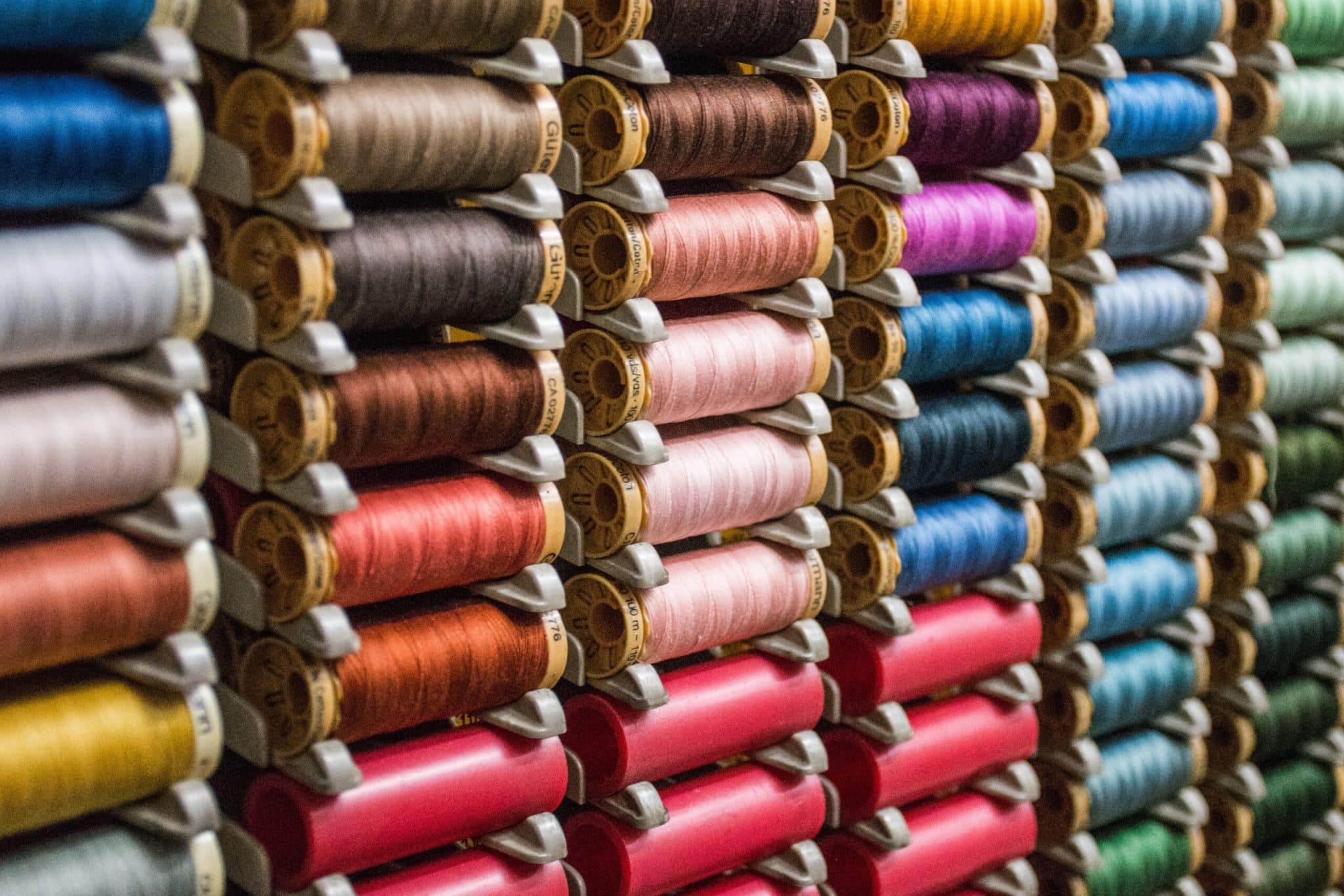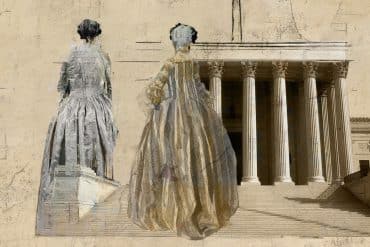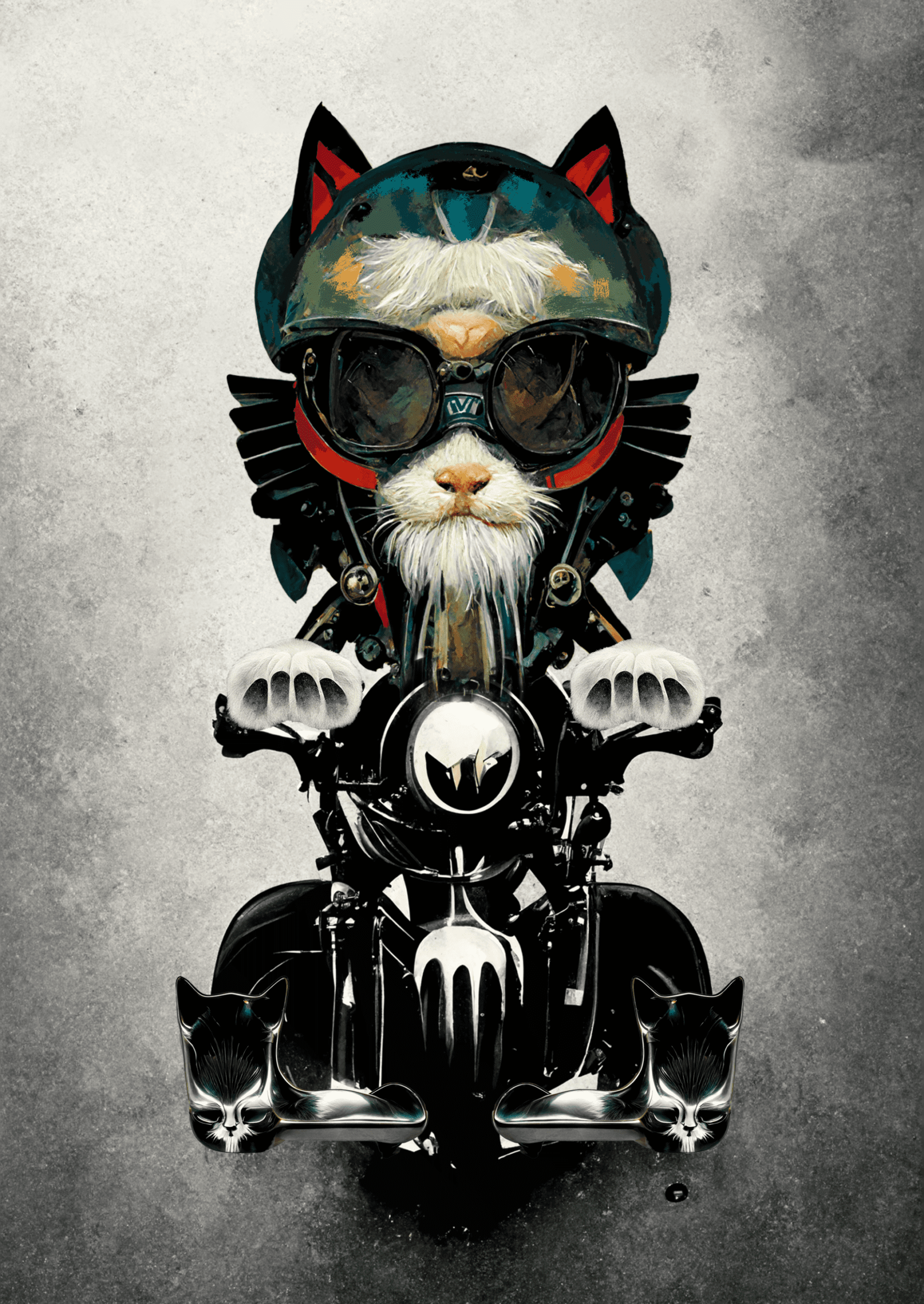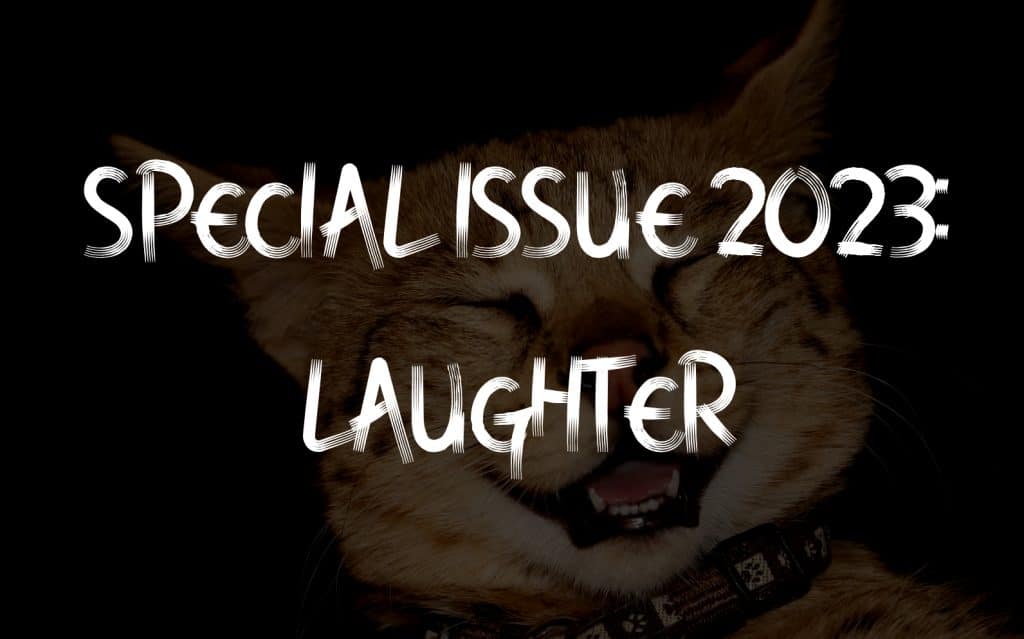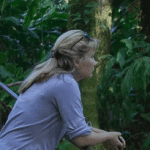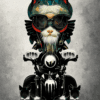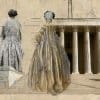A Startling and Memorable Encounter at the Vet
Artist’s Memo
I was born in Belgium and grew up speaking French. After emigrating to the United States, I adopted a cat I named Anaïs, after Anaïs Nin. This artwork is based on a startling and memorable encounter at the local vet while attempting to get Anaïs spayed.
On my way to and from work every day, I passed a centre vétérinaire and decided this would be a good place to take her for her surgery. Upon arriving at the aptly-named “Vet Center” I opened the door with Anaïs in a carrier, only to come face-to-face with three large men, generously bearded and leather-cloaked with all sorts of military insignias on their jackets. They seemed as surprised to see me, as I was to see them. I blushed and walked backwards towards the exit with vivid flashbacks of Full Metal Jacket and Apocalypse Now.
Technically, the image also plays on the notion of Brechtian alienation through the use of Artificial Intelligence. Portions of the image are generated through text prompts that are interpreted visually through large sets of data and processing algorithms. Those are then combined and composited with my own “objective” imagery in order to establish a kind of stylistic tension and a point of ethnographic and autobiographical reflection.
Ethnographic discourse walks on a tightrope that divides the objective from the subjective. This is particularly significant in documentary films. My thesis, “Toward a Poetics of Film and Video,” written some thirty years ago, defined film and video as a poetic language through the properties of mode, vision, time, and voice. In my view, the ethnographic concepts of Jean Rouch and Trin Min-ha foster critical thinking and a sort of Brechtian distanciation through “poetic” and literary means. My interest in the interplays of words and image, in transpositions, translations, and memories, has crept into all of my work under many different guises and is certainly at play here, in this image.
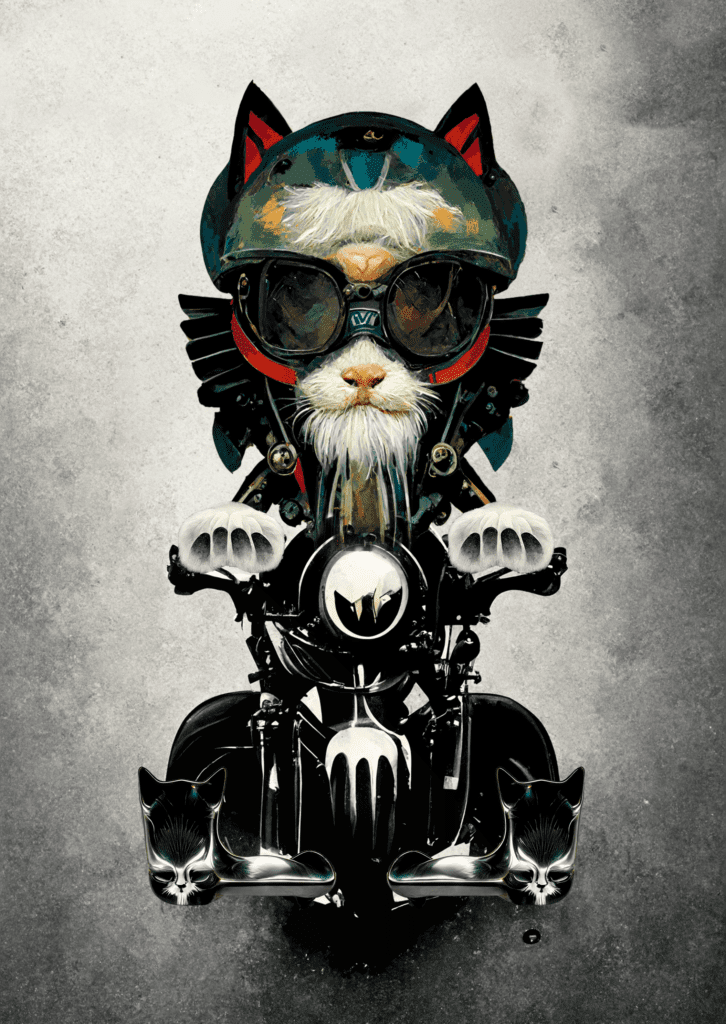
Credits
Featured Image by Dominique Elliott
Image by Dominique Elliott
Learn More
New to autoethnography? Visit What Is Autoethnography? How Can I Learn More? to learn about autoethnographic writing and expressive arts. Interested in contributing? Then, view our editorial board’s What Do Editors Look for When Reviewing Evocative Autoethnographic Work?. Accordingly, check out our Submissions page. View Our Team in order to learn about our editorial board. Please see our Work with Us page to learn about volunteering at The AutoEthnographer. Visit Scholarships to learn about our annual student scholarship competition.
Born in Belgium, Dominique Elliott is a multimedia artist and professor. She holds an M.F.A in visual design from UMass, Dartmouth and is a grant recipient from the Georgia Council for the Arts, and the National Association of Television Program Executives. Her work has been showcased internationally, and her documentary “Flying the Beam” is included in the Eisenhower Presidential Library collection. Much of her work is concerned with various facets of memory, nostalgia and the interplays of word and image. She applies the same ethos to poetry, experimental film, documentary film, painting, mixed media, photography and motion graphics. https://www.dominiqueelliott.com/





